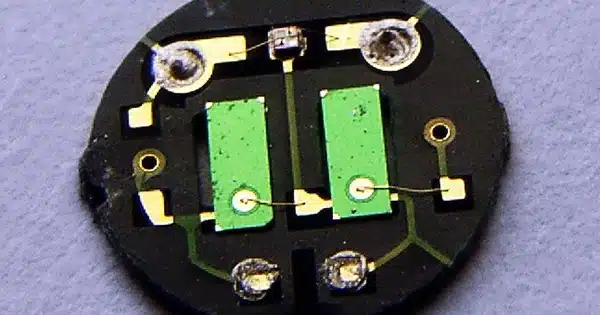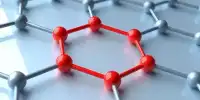Pyroelectricity is a property of certain crystals that are electrically polarized by nature and thus contain large electric fields. The ability of certain materials to generate a temporary voltage when heated or cooled is referred to as pyroelectricity.
Pyroelectricity is a phenomenon in which certain materials produce an electric charge in response to temperature changes. The term “pyroelectricity” is derived from the Greek words “pyr,” which means “fire,” and “electricity,” which refers to the movement of charged particles.
The temperature change modifies the positions of the atoms within the crystal structure slightly, causing the polarization of the material to change. This polarization shift causes a voltage across the crystal. The pyroelectric voltage gradually disappears due to leakage current if the temperature remains constant at its new value. Electrons moving through the crystal, ions moving through the air, or current leaking through a voltmeter attached across the crystal can all cause leakage.
Explanation
The opposite faces of asymmetric crystals develop pyroelectric charge. The direction of charge propagation in a pyroelectric material is usually constant, but in some materials, this direction can be changed by a nearby electric field. Ferroelectricity is said to exist in these materials.
When a pyroelectric material is heated or cooled, its crystal structure changes, resulting in an electric charge redistribution within the material. This produces an electric field, which can produce a voltage across the material.
Every known pyroelectric material is also a piezoelectric material. Despite being pyroelectric, novel materials like boron aluminum nitride (BAlN) and boron gallium nitride (BGaN) have zero piezoelectric response for strain along the c-axis at certain compositions, indicating that the two properties are closely related. However, some piezoelectric materials have crystal symmetry that prevents pyroelectricity.
Pyroelectric materials are mostly hard and crystals, however, soft pyroelectricity can be achieved by using electrets.
Application
Pyroelectric materials are used in a wide range of applications, such as sensors, detectors, and imaging devices. They are used in motion detectors, for example, to detect temperature changes caused by the movement of people or animals. They are also used in infrared cameras, which detect heat emitted by objects in their surroundings.
Quartz, tourmaline, and certain ceramics and polymers are examples of pyroelectric materials.















